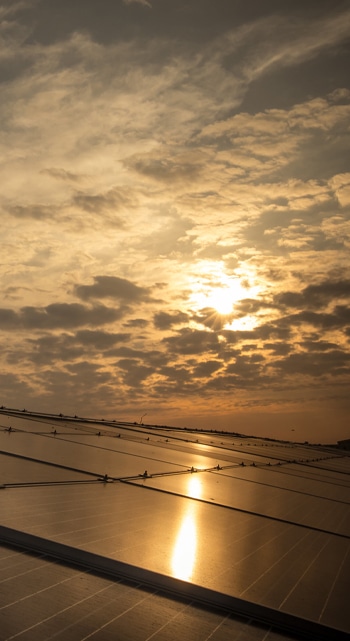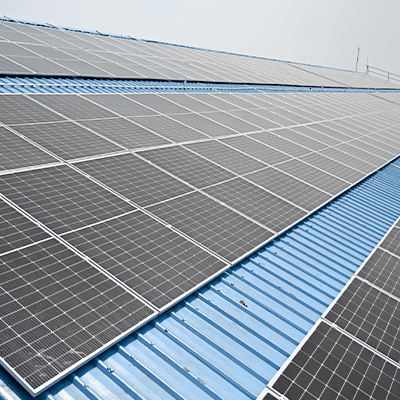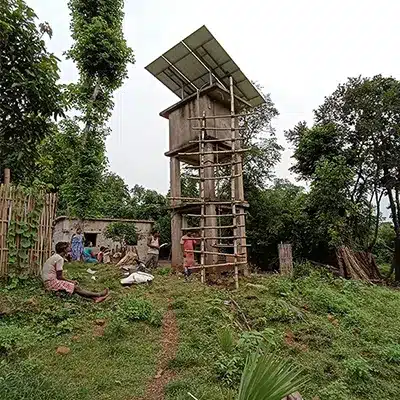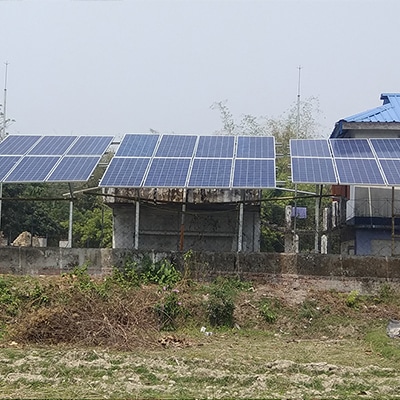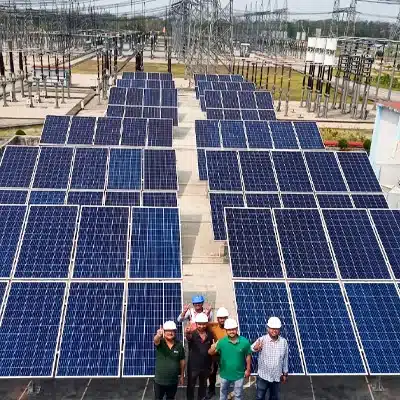
Overview – Net-Metered Solar Rooftop Power Plant
Patuli’s BRWS Hospital is the first to implement a net metering policy in West Bengal. A net metering system rewards solar energy owners for adding power to the grid with “credits.” The excess power produced by solar panels is sent to the grid. This power can also be used during non-operational periods of solar plants, such as at night. The bi-directional electricity meter runs backwards when solar energy that has been net-metered is called back for use. So, only the energy customers consume is charged.
In West Bengal, an electricity board requires a minimum plant size of 5kWh with three-phase power to implement net metering. The policy applies to all development projects, except for domestic users.
Our Solution
The small roof space in this project limited the energy output to 3.5 kWh under the standard structural design. Other PV system integrators rejected the project because of space concerns. The SunShell team came up with a brilliant solution for making the project eligible for Net Metering. Our solution was to build an elevated structure to accommodate the whole 5kWh Net-Metered Solar Rooftop Power Plant on the same roof. West Bengal finally commissioned its first net-metered grid-connected solar rooftop power plant.
In A Glance
- Plant type: Grid-connected
- Net metering: Yes
- Solar PV Module: 250Wp x 20 nos
- Inverter: Kaco 5kWp with DC switch
- AJB: yes, with SPD Type II 1000V 40kA, PV string fuse 1000V 15A
- ACDB: yes with AC side SPD, Indication LED, and Suitable size MCB
- Termination: At LT side 415V
- Lightning arrestor: Yes, with dedicated earthing
- Earthing protection: yes, complied with IS 3043
Impact
This pioneering project has not only commissioned West Bengal’s first net-metered grid-connected solar rooftop power plant but also encourages the adoption of renewable energy by rewarding solar energy owners with credits for their contributions to the grid, promoting sustainability and reducing reliance on conventional energy sources.
